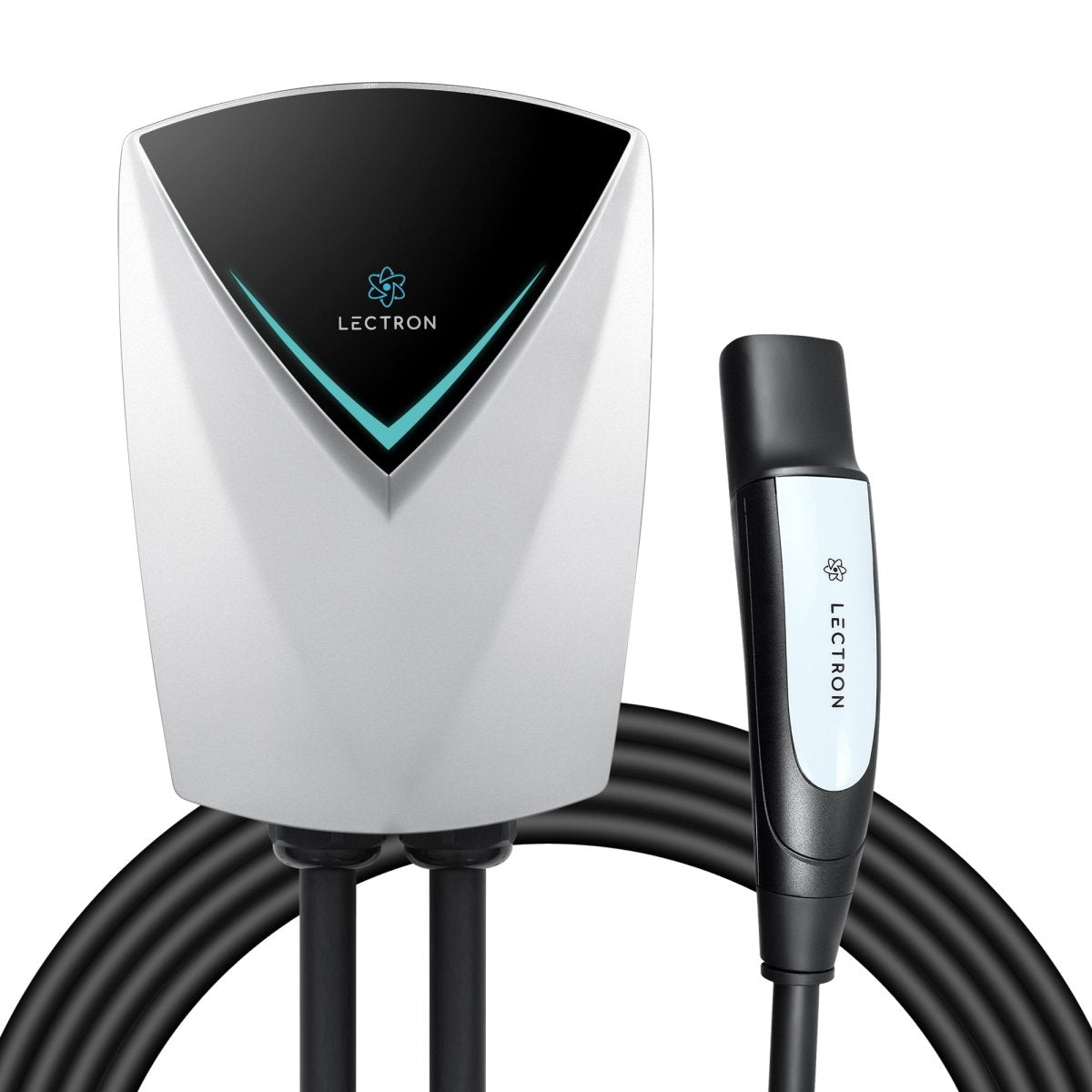Couple of things.
First, let me say that, in general, I agree with you about the cost and need of a battery back-up system. My place has 9 kW of solar panels on the roof, about 7.8 kW delivered to the grid (under best conditions), and the whole system generates around 12 MW-hr of energy over a year's time. Which is, what with LED bulbs and the kids being out of the house, about 2 or 3 MW-hr more than I actually use.
In New Jersey, the Public Utilities Commission and the State Legislature have it rigged so that homeowners and such with solar power sell their energy to the local utilities for wholesale, pretty much like any other generator of electricity, be it dams, nuclear power, coal, or what-all. When we
use electricity, we more-or-less pay retail, just like anybody else. To encourage solar, the State also threw in a tariff (that is, the rules) that if one is grid-tied, one can sign up for something called Net Metering. This works by adding up, over a month's time, the inflows into a house and the outflows out of a house, then subtracting. If the difference is negative (i.e., the house generated more energy than it used) then the difference is carried over to the next month and one pays a $5 connection fee. In the next month, the math is applied again, adding the carry-over amount from the previous month: If it's still negative then, again, one doesn't pay anything except for that connection fee. If the total is positive, then one pays for electrical energy on the positive amount and the carry-forward term is zeroed out.
At the end of a year, usually in the sprint, the carry-forward amount, if present, is zeroed out and one gets paid the wholesale value of the Net (which is why it's called Net Metering). If there's a MW-hr or so left over, then one gets, maybe, $150 or so. Which one typically leaves on the account to take care of those $5 connection fees

.
Given the above, it's hard to see where paying a few thousand bucks for a Powerwall or some equivalent is going to actually make any money, even over the long term. There are other US States where this bit about carrying the difference forward isn't used; and some particularly nasty states where one gets paid wholesale for excess energy right off, and pays retail on energy used right off; so it's very, very difficult to zero out one's bill in any month. For those people, a Powerwall or two may actually pay for itself by
preventing energy from being delivered to the house, at all, and the payback for the Powerwall or equivalent may only take a year or three.
But, never mind that: The Cybertruck has the capability of dishing just as much AC power
out of the NACS connector as it can take
in. For Tesla, that's new. (Ford has been advertising something like this for half a year, now.. but it may not involve the J1772/CCS1 connector on the car.)
This may be something that, as Teslas get updated over time and new Teslas eventually appear, may become common. And, if so, some modest, relatively low cost electrical gear in the house may be able to disconnect the house from the power grid and power the house from the car. Ta-Da! A Powerwall on wheels!
Since most of the cost of a Powerwall is in the battery and the car already
has a battery, this may be a win-win: A couple of hundred bucks (or maybe a thou) gets one a battery back-up that's relatively cheap and worth the expense.





